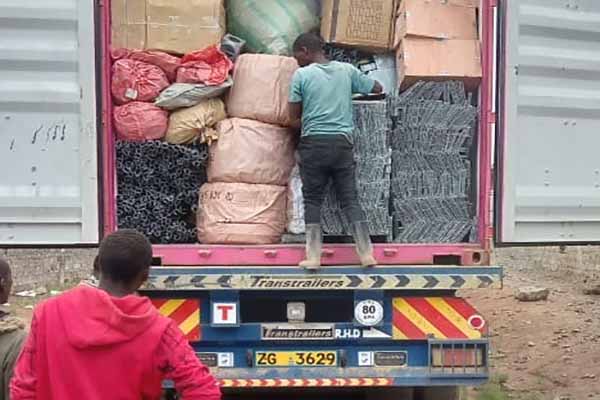Maintenance Guide for Chicken Equipment in Kenya
Time : 2025-04-28
Hey there, fellow chicken farmers in Kenya! If you’re looking to keep your poultry business running smoothly, you’ve come to the right place. Maintaining your chicken equipment is crucial for the health and productivity of your flock. In this article, we’ll dive into the nitty-gritty of maintaining chicken equipment in Kenya, ensuring your farm stays efficient and profitable.
Introduction to Chicken Equipment Maintenance
Before we jump into the details, let’s quickly go over what we mean by “chicken equipment.” This includes everything from feeders and waterers to nesting boxes and ventilation systems. Keeping these items in good condition is key to a successful poultry operation.
1. Regular Cleaning
Why? Regular cleaning not only keeps your chickens healthy but also extends the life of your equipment.
How?
– Feeding Areas: After each feeding, remove any leftover feed and clean the feeding area with a stiff brush or a pressure washer. Use a消毒剂 to kill any bacteria or parasites.
– Waterers: Empty and clean waterers daily. Use a brush to scrub the inside, and a disinfectant to keep algae and bacteria at bay.
– Nesting Boxes: Clean the nesting boxes after each laying cycle. Use a solution of vinegar and water to clean and sanitize.
2. Checking for Damage
Why? Small damages can escalate into big problems, leading to equipment failure and even health issues for your chickens.
How?
– Feeder and Waterer Seals: Inspect the seals on feeders and waterers for any signs of wear or damage. Replace them if necessary.
– Ventilation System: Look for any cracks or gaps in the ventilation system. Repairing these will help maintain a healthy environment for your chickens.
– Roosts and Perches: Check for any splits or splinters that could injure your chickens. Replace roosts and perches as needed.
3. Lubrication
Why? Proper lubrication ensures that your equipment moves smoothly and reduces wear and tear.
How?
– Hinges and Latches: Apply a lubricant to hinges and latches on doors, nesting boxes, and other movable parts.
– Gears and Motors: Check the manufacturer’s recommendations for lubrication intervals. Use the appropriate lubricant to keep gears and motors running smoothly.
4. Inspection and Replacement
Why? Regular inspections can prevent costly repairs and downtime.
How?
– Electrical Components: Check electrical connections and wiring for any signs of damage or wear. If you’re not comfortable doing this yourself, consult a professional.
– Filters: Replace air filters, water filters, and any other filters according to the manufacturer’s recommendations.
– Equipment: Keep an eye out for any signs of rust or corrosion. Replace equipment that is beyond repair.
5. Storage and Organization
Why? Proper storage keeps your equipment in good condition and makes it easier to find what you need.
How?
– Covered Storage: Store equipment under a cover to protect it from the elements.
– Organized Storage: Keep your equipment organized and easily accessible. Label storage areas and use storage bins or shelves.
6. Training Your Staff
Why? Well-trained staff can help prevent equipment damage and ensure that your chickens are being cared for properly.
How?
– Training Sessions: Conduct regular training sessions to ensure your staff is up to date on proper equipment maintenance and care.
– Supervision: Monitor your staff to ensure they’re following the proper maintenance procedures.
Conclusion
Maintaining your chicken equipment in Kenya is a vital part of running a successful poultry farm. By following this guide, you can keep your equipment in top condition, reduce downtime, and ultimately increase your profits.
Remember, regular maintenance is key. Don’t wait for something to break before you start taking care of your equipment. Keep it clean, inspect it regularly, and store it properly, and you’ll be well on your way to a thriving poultry business.
Tags












